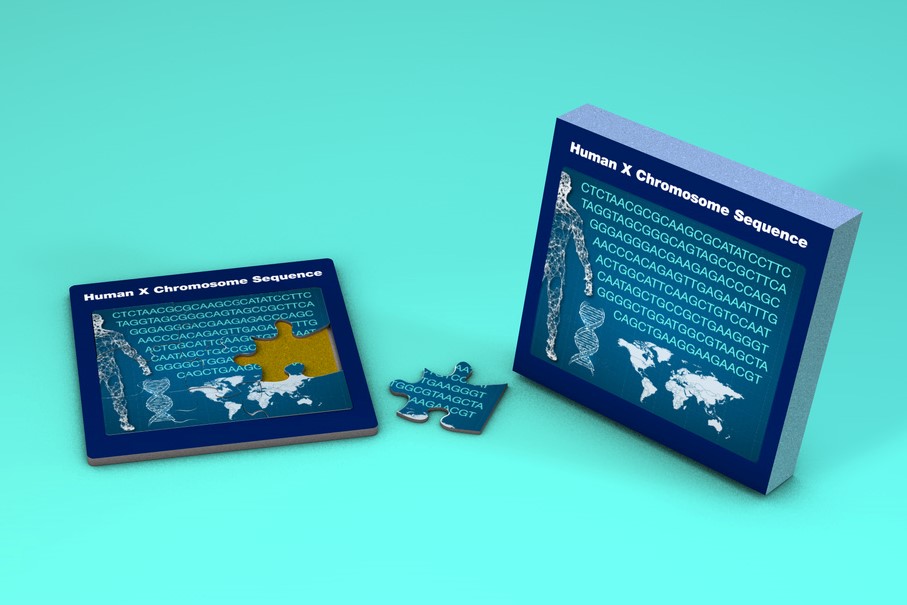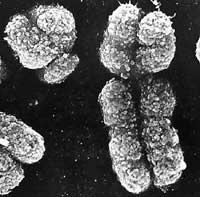They have achieved the complete sequence of the X chromosome
2020/07/14 Gallego Moya, Juanma - Kazetaria Iturria: Elhuyar aldizkaria

Scientists of the organization NHGRI, dedicated to the research of the human genome, have achieved the complete sequence of a human chromosome. This highly accurate sequencing takes into account all the bases present on the X chromosome, side by side. The progress has been made known in a study published in the journal Nature.
Researchers have highlighted that this achievement has opened a "new era" in genomics, as it has opened the way to take into account parts of the genome that are not so far considered.
The human genome has about six billion bases. Sequencing machines are not able to simultaneously read all the bases, so researchers often divide DNA into smaller parts, which once sequenced rejoin. But in the human genome there are still hundreds of unknown lagoons. They are repetitive parts of DNA, located mainly in the central part of the chromosomes. Researchers believe that they can also find information that can be significant from a health point of view.
The techniques used so far are able to study small portions of DNA, but with the new technique presented, researchers are largely willing to fully maintain DNA molecules. Two tools have been used to analyze large fragments of DNA, which have been rebuilt using specific software.
Among the 24 chromosomes that humans have, the X chromosome has been primed, as it is associated with various diseases. But the current challenge is to remain the same with all other chromosomes. In this effort it has been advanced that they will have particularly difficult to resolve chromosomes 1 and 9, as they contain larger and more repetitive DNA fragments.

Gai honi buruzko eduki gehiago
Elhuyarrek garatutako teknologia





